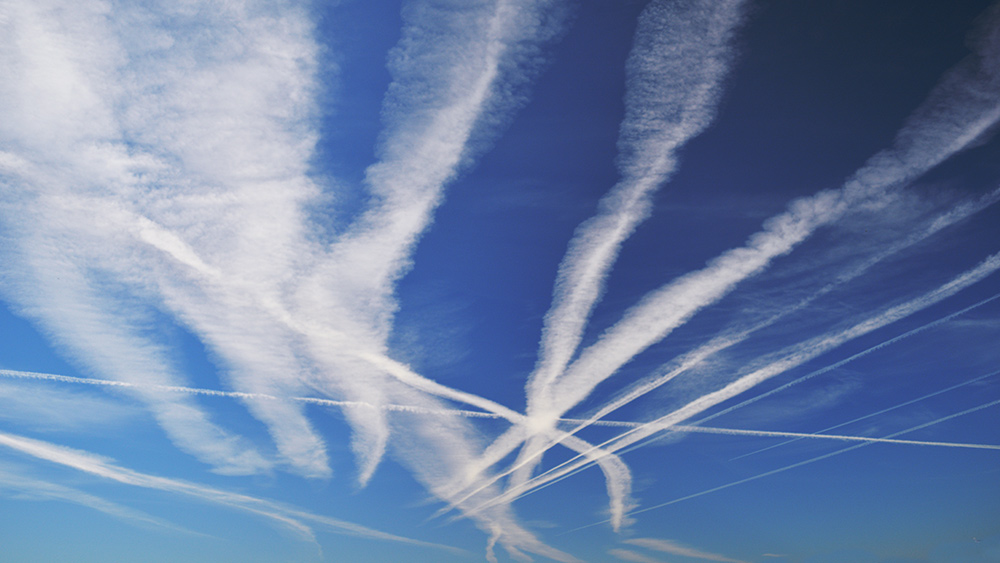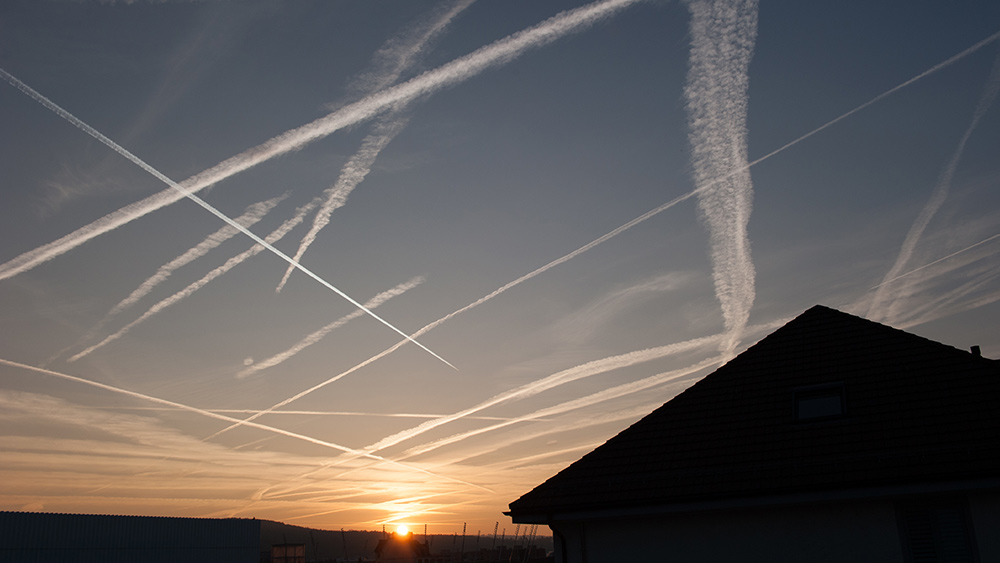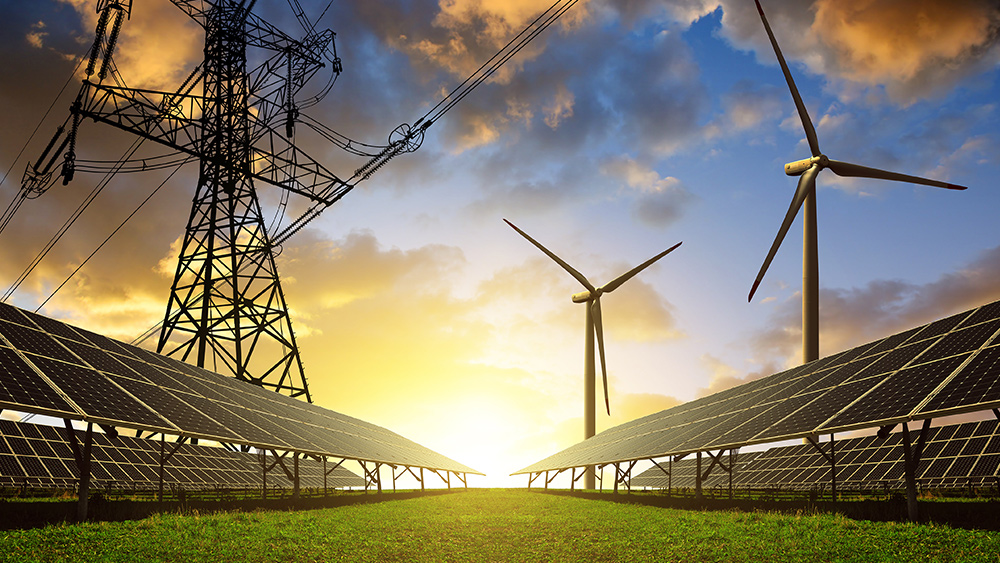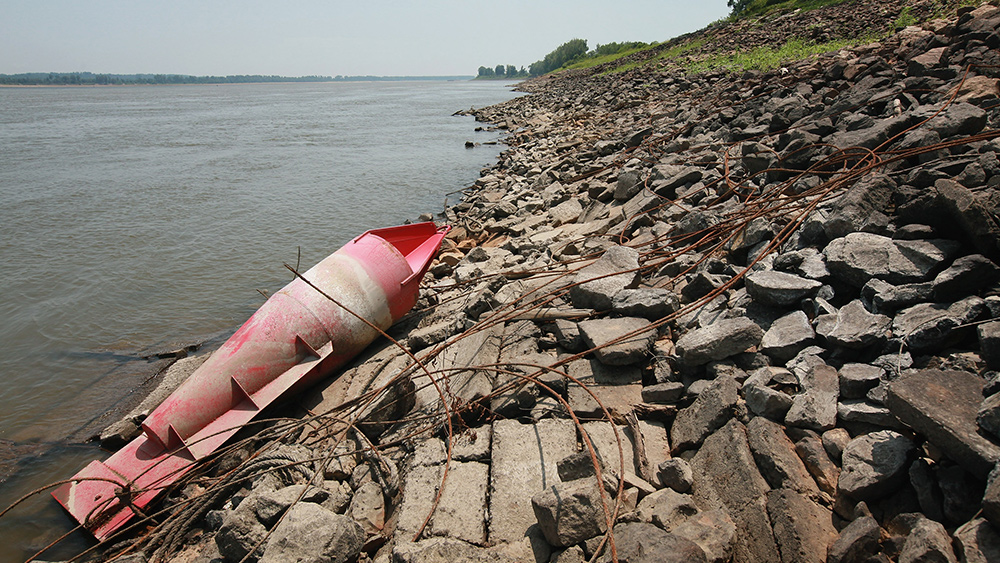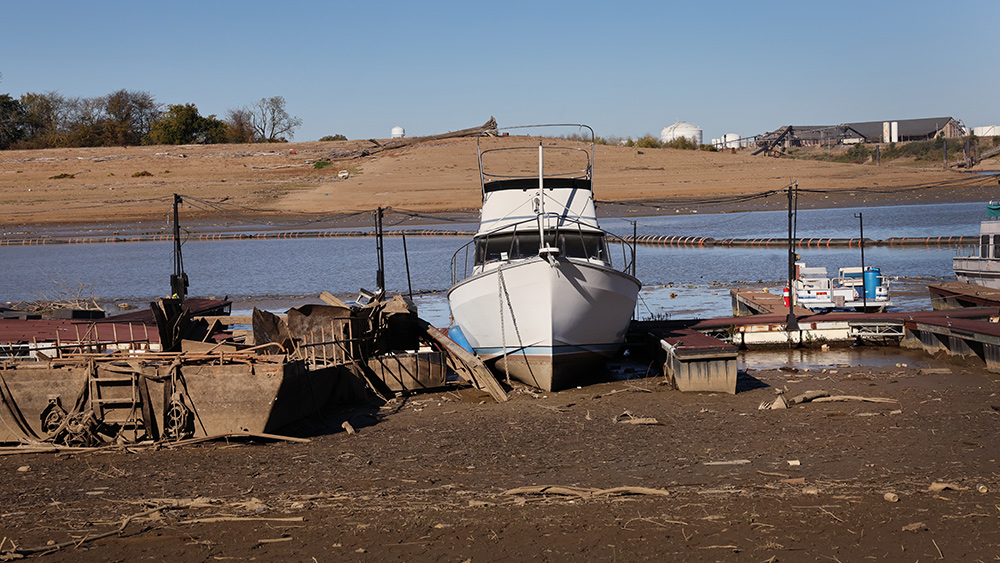California farmers lose BILLIONS as atmospheric river rain storms continue – “we’ve lost EVERYTHING”
03/26/2023 / By Ethan Huff
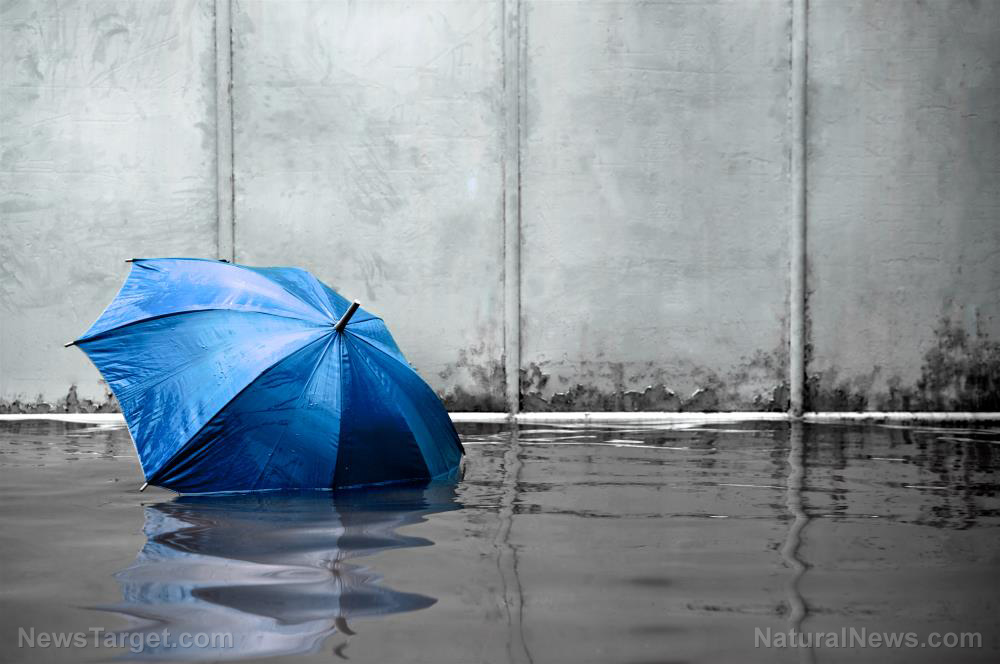
The dozen-or-so “atmospheric rivers,” also known as rain storms, that have hit California this winter so far have provided a much-needed reprieve from the persistent drought conditions that have plagued the state for many years. There is a downside, though: many of the state’s crop farms are now underwater from all this excess moisture, which is creating massive food and finance losses for the Golden State’s farmers.
Many people are unaware of this, but nearly half of all American agriculture is grown in California, generating more than $50 billion a year in revenue. The Midwest primarily grows genetically modified (GMO) corn and soybeans, along with wheat, while California grows most of the country’s fruits, vegetables, nuts, and leafy greens.
Because these atmospheric river storms have been hitting California one after another after another following many years of mostly dry conditions, a lot of that water is flowing from higher elevations to lower elevations rather than absorbing into oftentimes rock-hard soils. The result is many destroyed farms and farmers who have “lost everything.”
(Related: In the midst of covid, communist China saw similar heavy rains for a period of time that resulted in catastrophic destruction.)
The Sierra Nevada mountains are packed with record levels of snow that will eventually melt, delivering even more devastation to California farms
The worst-affected county right now is Tulare County, which is the second-largest county in the entire United States in terms of food production, generating more than $8 billion annually. One-fourth of that is dairy sales, while the rest is citrus and nuts.
Kern County, located just to the south of Tulare County, is the nation’s number-one producer of agriculture, with Fresno County, located just to the north of Tulare County, being third in terms of food production.
All three of these counties are being devastated by all this rain, as is Monterey County, located on the Central Coast of California, which is the nation’s fourth-largest food-producing county. Like the others, Monterey is experiencing devastating flooding, wiping out most of its vegetable and strawberry farms.
Brian Shilhavy, the editor of Health Impact News, put together a video with testimony from friends and family members he knows who live in these areas. Be sure to watch that video below to see for yourself their first-hand experiences with all that rain:
Even when the rains finally stop, it will not mean an end to the devastation. California’s vast Sierra Nevada mountain range is packed with record levels of snow that will eventually melt, delivering a double whammy to the farms below it.
“This is horrible and I feel so bad for these devastated people,” one commenter wrote about the horrific devastation occurring in California, as depicted in the above video. “As an animal lover, my heart broke when I saw the cats on the roof (but thank God they survived!) and the confused and panicked cattle being driven through the water by the chopper.”
Another wrote that Americans had better wake up fast and learn how to grow food the traditional way, starting in their own backyards (if possible) and around their local communities.
“As the technology crashes, more and more Americans are going to have to learn how to do actual work that produces something, rather than entertainment-based technology that produces NOTHING,” this person added.
“But the technologists haven’t figured this out yet, even as tens of thousands of jobs seem to disappear every week now. They are still throwing away money on AI and chat bots and other such useless products. But their banks are failing now, and their money will eventually run out.”
First it was not enough rain; now it is too much rain. You can keep up with the latest news about the “birth pangs,” as the Bible calls them, at Prophecy.news.
Sources for this article include:
Submit a correction >>
Tagged Under:
agriculture, California, Collapse, crop losses, crops, destruction, disaster, evniron, famine, farming, Flooding, food, food collapse, food inflation, food loss, food supply, geoengineering, groceries, harvest, rain, snowmageddon, supply chain, weather terrorism
This article may contain statements that reflect the opinion of the author
RECENT NEWS & ARTICLES
COPYRIGHT © 2017 GEOENGINEERING NEWS





